

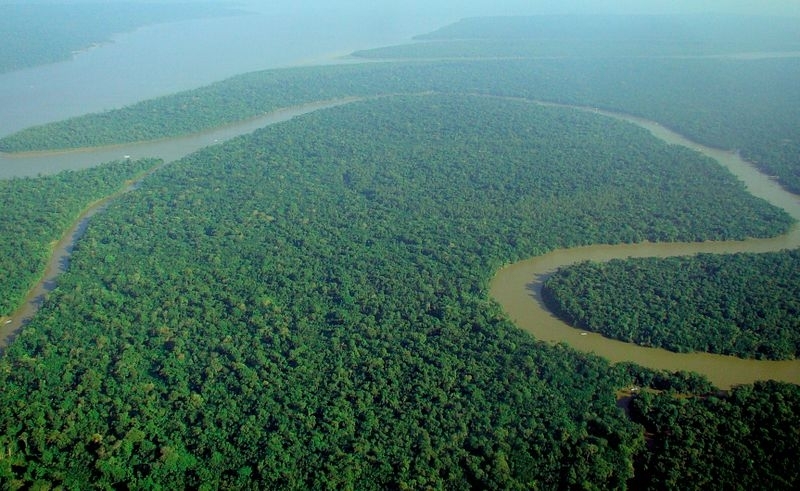
Paulo Artaxo, a professor at the University of São Paulo’s Physics Institute in Brazil, stresses the vital role played by research conducted in Amazonia for a deeper understanding of the global impacts of deforestation and the effects of climate change on the forest.
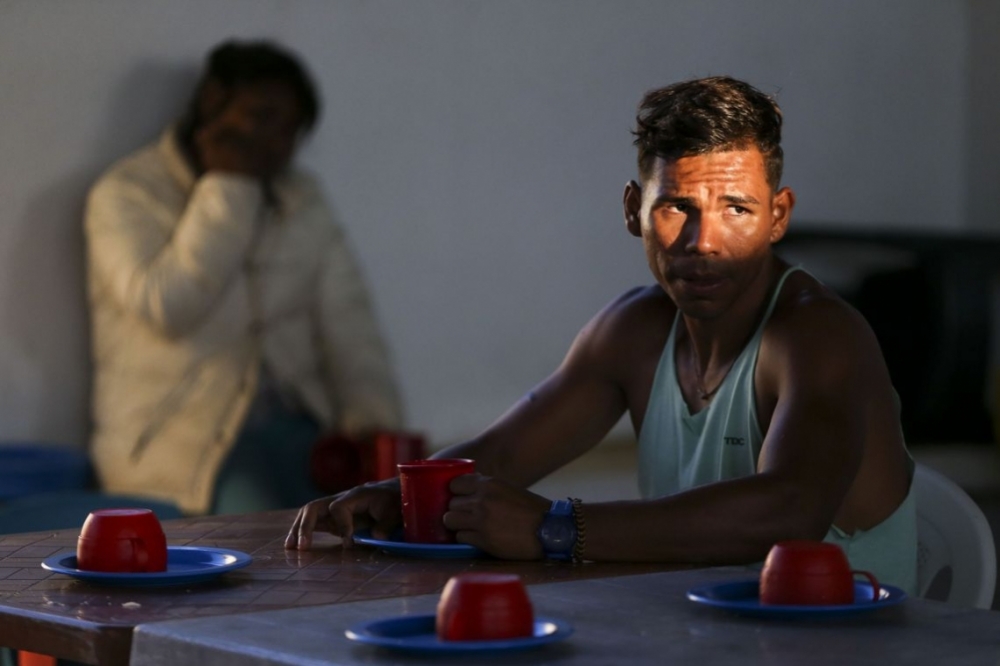
Making a fresh start in a new country requires mental reorganization and finding new meaning in life, says Miriam Debieux Rosa, coordinator of Veredas, a group of psychoanalysts and psychologists who specialize in immigration, in a presentation to FAPESP Week France.
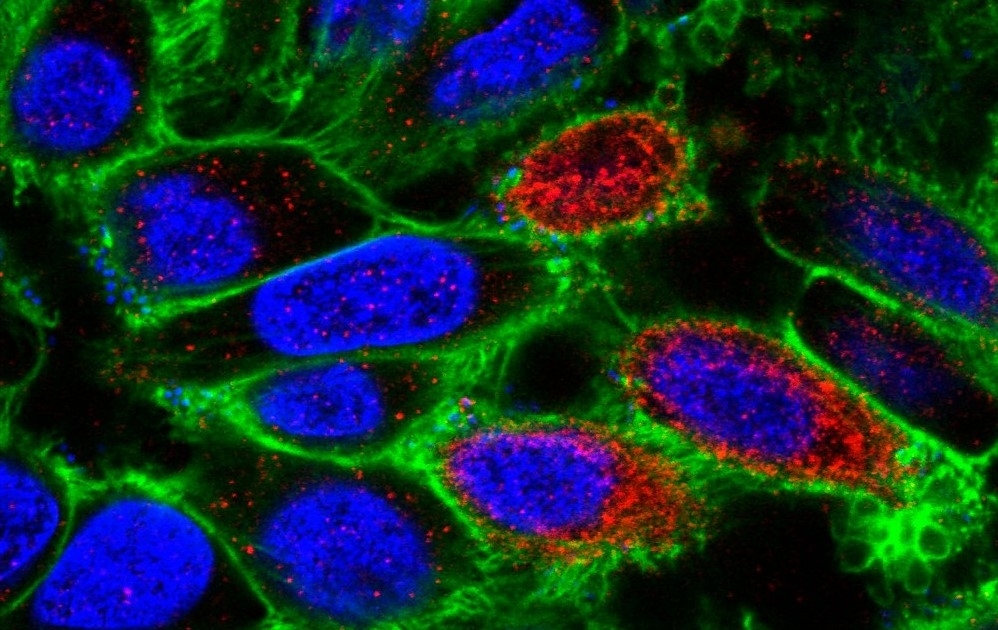
Researchers have revealed the molecular mechanisms that make the Brazilian strain of Shiga toxin-producing E. coli less virulent and pathogenic than strains of the bacterium found in other countries. Their findings can be used to formulate epidemiological surveillance strategies.
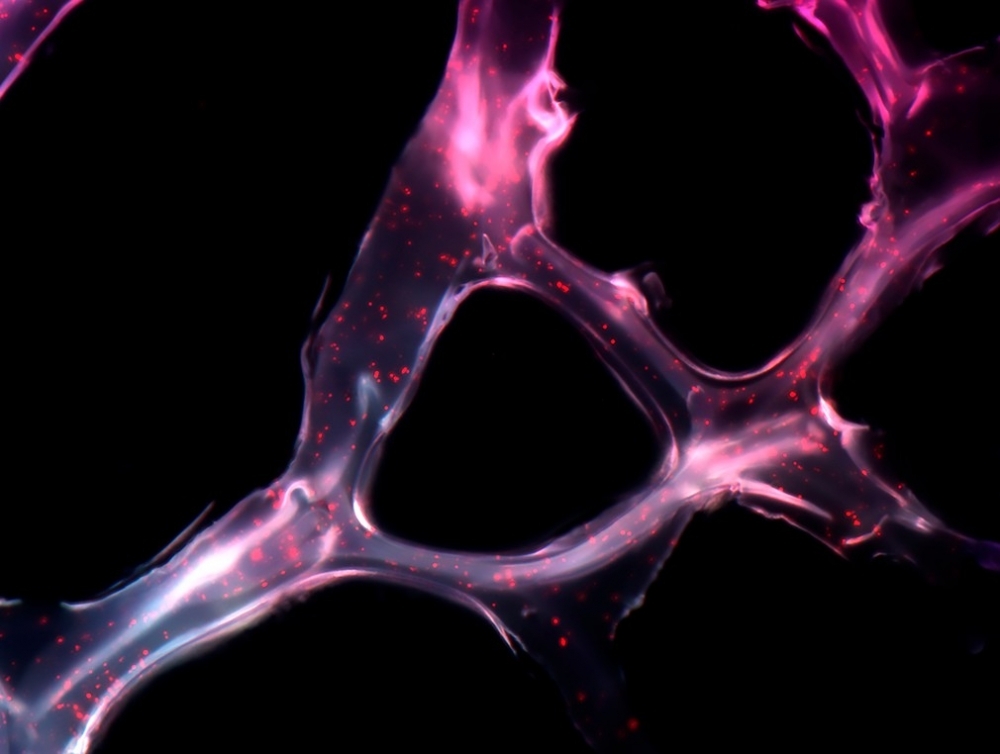
The FAPESP-funded Center for Cell-Based Therapy explored the action mechanism of a microRNA that reduces tumor size and blocks metastasis when overexpressed.
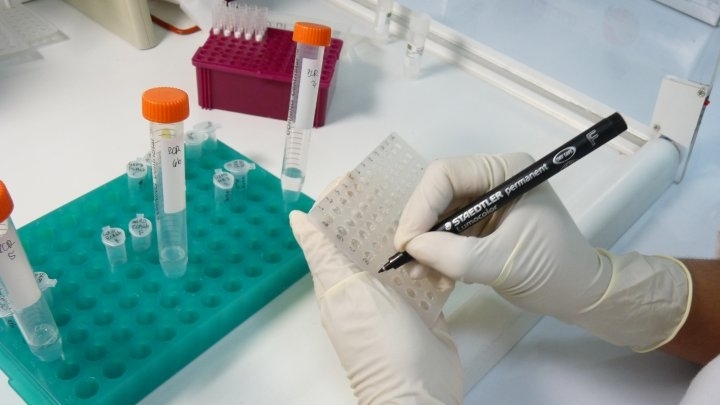
Initiative supported by FAPESP, USP, UNICAMP and global partners sets out to discover new molecules against tropical parasitic diseases. Its aim is to develop effective and affordable drugs.
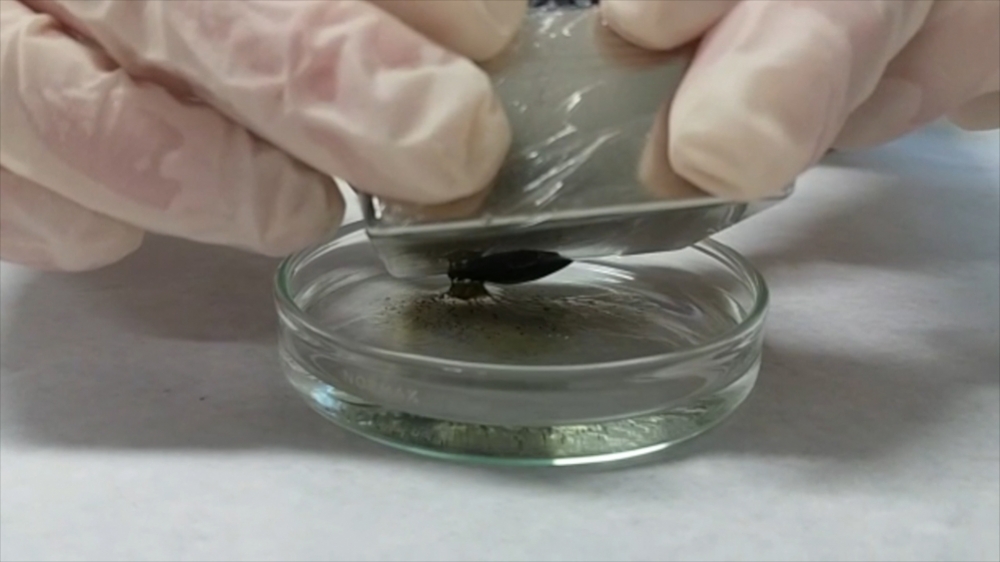
Collaborative research between Brazilian universities combined magnetic materials and biomass residues to create nanoparticles that remove heavy and light oil from surface water with great efficacy.
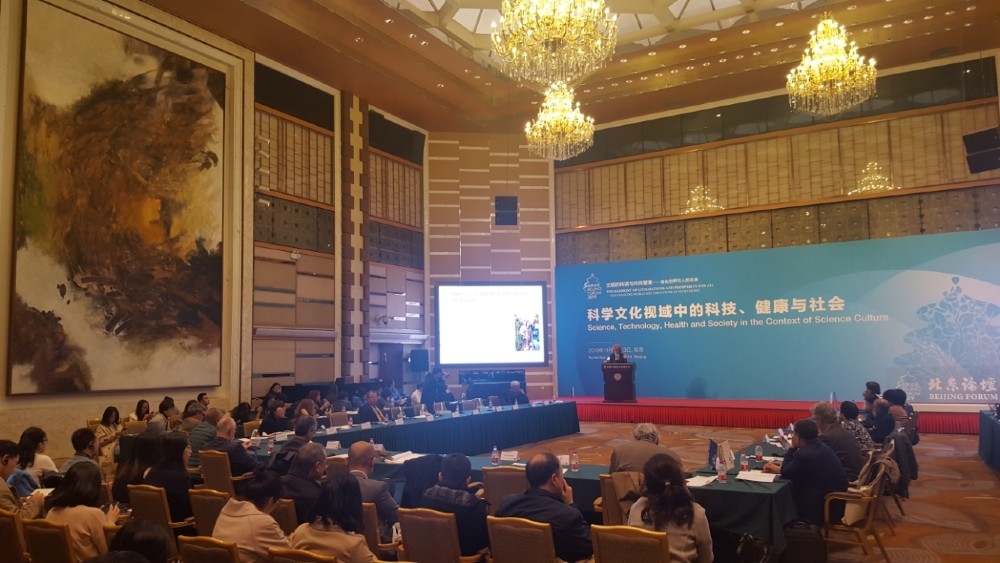
The project was launched in November 2019 in Beijing at an event hosted by China’s National Academy for Innovation Strategy.
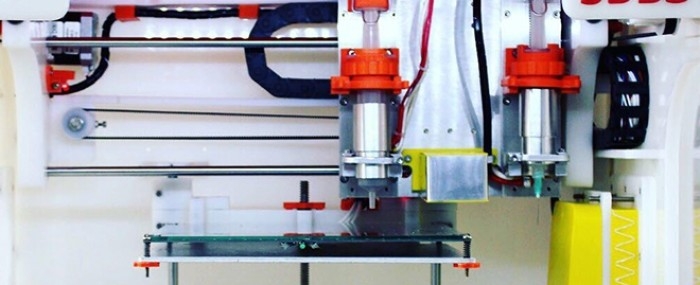
With FAPESP’s support, the flagship product developed by a Brazilian startup gains scale and is used in tissue engineering and regenerative medicine.
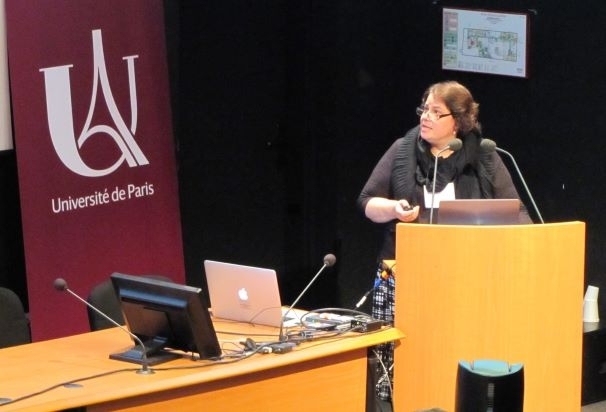
Researchers at the University of São Paulo are developing computer systems to process and extract information from large datasets provided by public hospitals. Their goal is to create a database that can be queried by physicians and clinical specialists to help diagnose and treat patients.
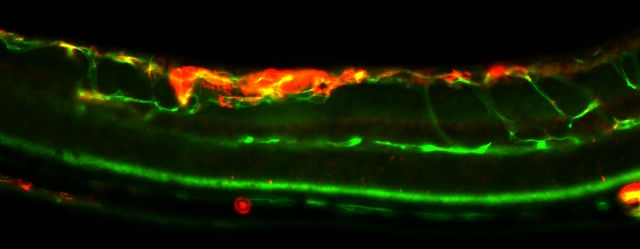
Brazilian researchers, in collaboration with Canadian scientists, have identified genes associated with angiogenesis and breast cancer. The discovery can help predict the severity of the disease
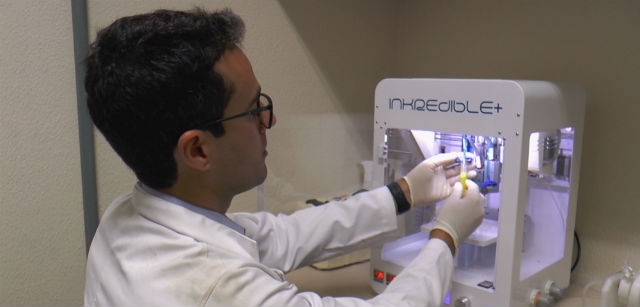
Technique developed at Human Genome and Stem Cell Research Center, funded by FAPESP and hosted by the University of São Paulo, produced hepatic tissue in the laboratory in only 90 days and could become an alternative to organ transplantation in future.
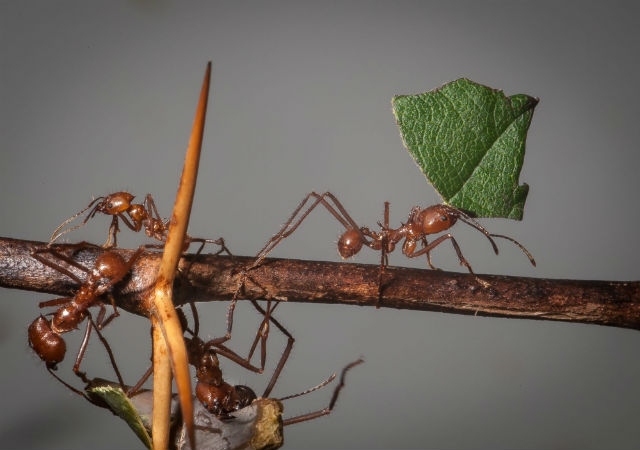
Leafcutter ants speed up foraging to collect as much food as possible when they sense a decrease in atmospheric pressure according to a study by researchers at the University of São Paulo in Brazil
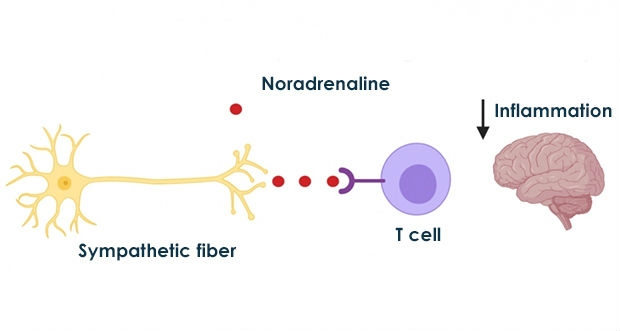
Scientists in Brazil showed that the part of the autonomous nervous system that controls responses to danger or stress can reduce the activity of the cells that attack potential threats to the organism. This discovery opens up an opportunity for the development of novel therapeutic approaches to disorders such as multiple sclerosis
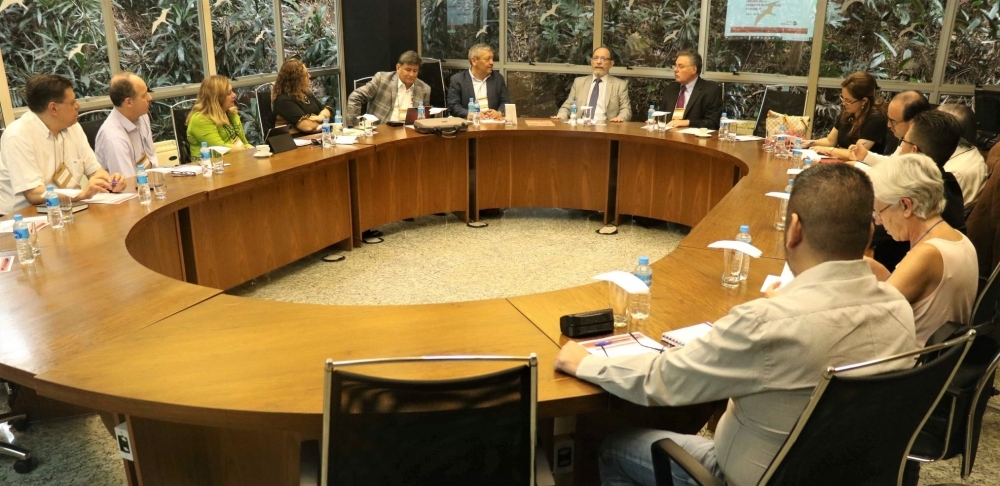
Projects funded jointly by FAPESP and Canada’s IDRC are developing solutions to combat Aedes aegypti. Researchers and entrepreneurs from Brazil and Mexico discussed these innovations at a workshop.

Researchers are trying to trace the destination of the particles emitted by the burning of biomass and measure the effects of deforestation on the mercury cycle of the Amazon rainforest.

Brazilian and French researchers have studied specimens of the vector insect captured in Brazil that recorded an outbreak of the disease and have observed a high prevalence of infection by T. cruzi; two species of rodents were identified as potential reservoirs of the parasite
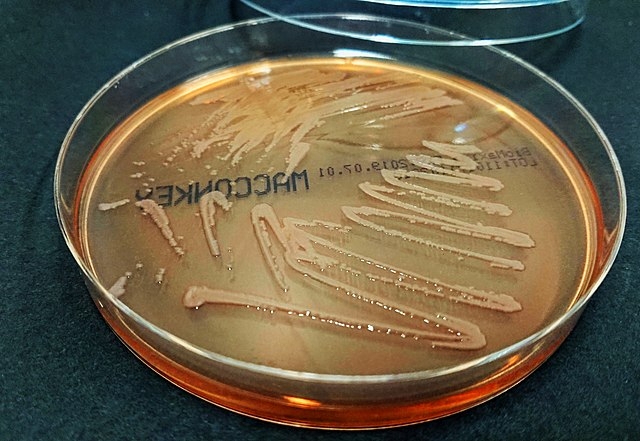
A study conducted in Brazil shows that Stenotrophomonas maltophilia, a common drug-resistant pathogen in hospitals, kills rival bacteria with a cocktail of toxins. This discovery could lead to the development of new antibiotics.
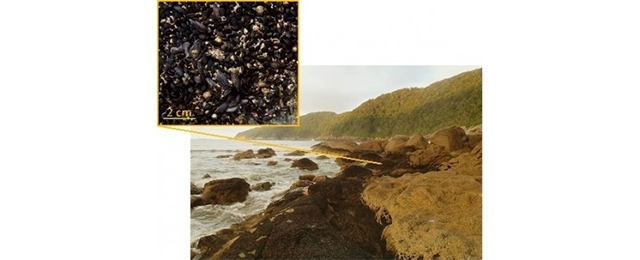
The animals' response may be a sign of ecosystem imbalance. Experiments performed on six beaches of Brazil’s Southeast Region showed that the mussels' activity intensifies when they are exposed to metallic contaminants in seawater.

With FAPESP’s support, researchers have succeeded in mapping 99.1% of the plant’s genes, providing knowledge that will help improve its resistance to disease and increase its biomass yield for fuel or sugar production.
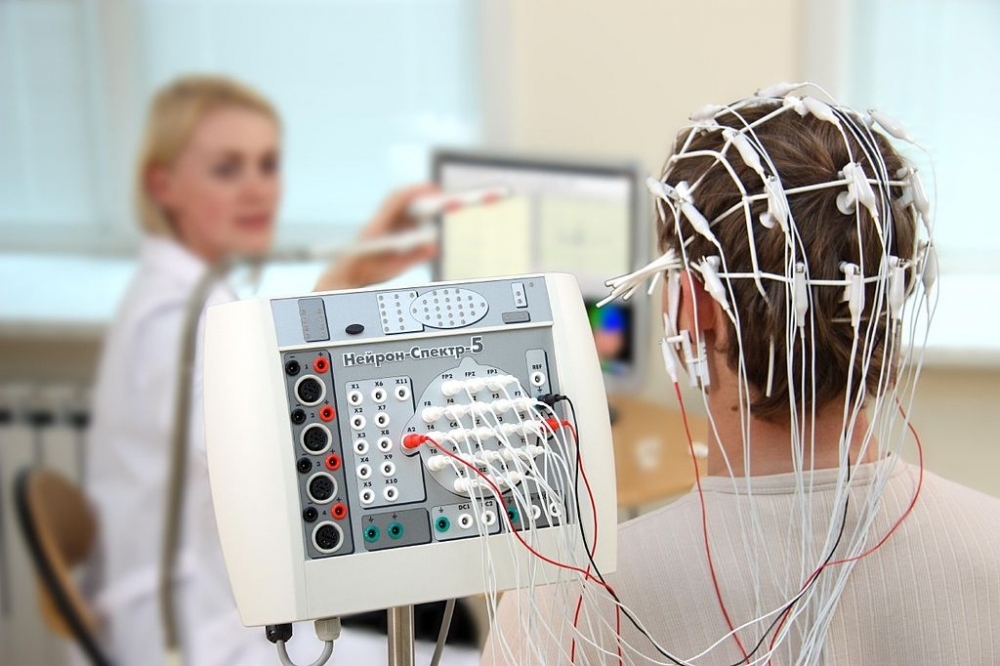
In a lecture given at FAPESP Week France, Brazilian scientist Francisco Fraga da Silva spoke about developing a low-cost diagnostic alternative based on electroencephalography data.
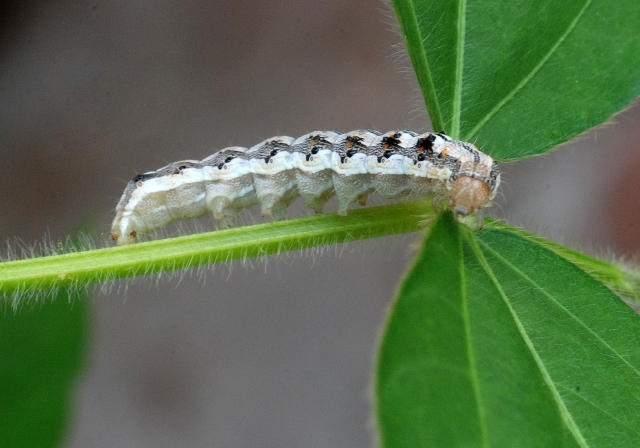
In a search for more sustainable alternatives for agriculture, researchers at UNESP are developing systems to encapsulate synthetic pesticides as well as compounds of botanical, fungal, and bacterial origin; results were presented at FAPESP Week France.
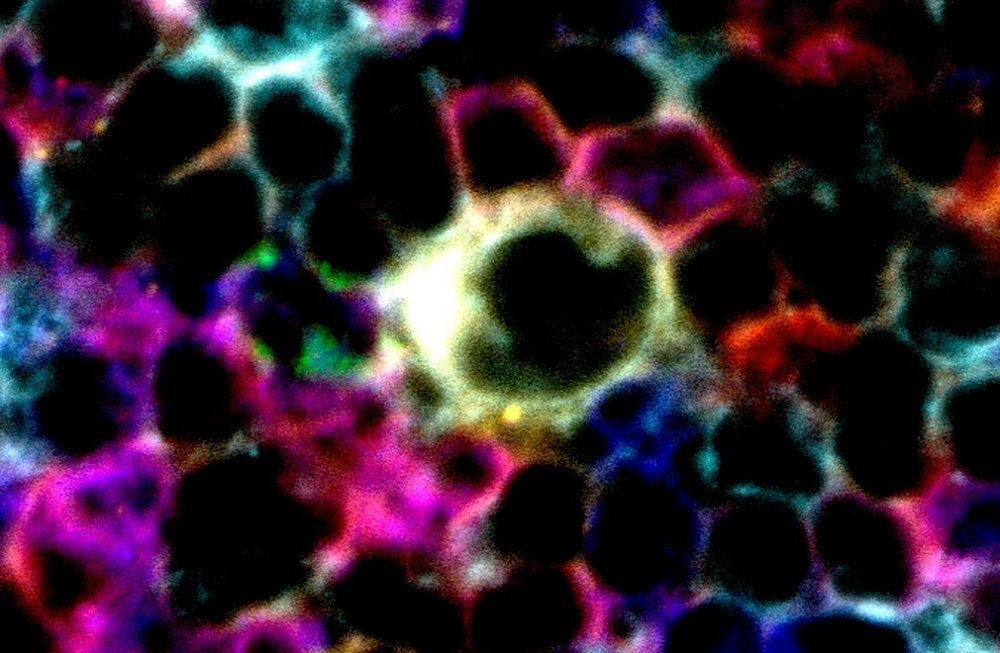
A Brazilian team at FAPESP-supported Center for Research on Inflammatory Diseases identified the strategy used by immune cells to combat the pathogen Mayaro virus, which causes symptoms similar to those of chikungunya fever. These results pave the way for the development of drugs.

The initiative, inspired in the same lines as IPCC’s, was presented on FAPESP Week France; its goals are to provide support for the formulation of public policies and to promote a less ideological discussion about the European migration crisis.
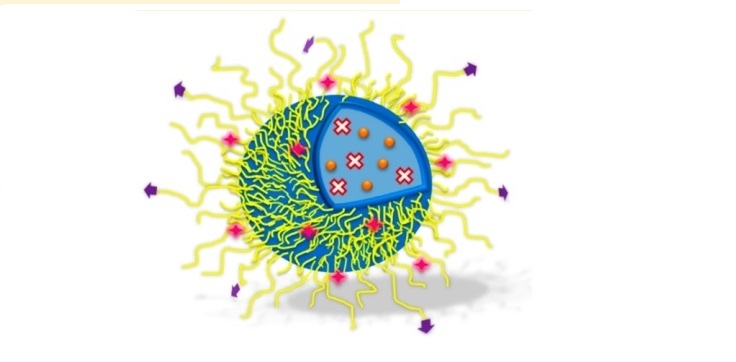
Therapy used against grade four glioblastoma multiforme combines a photoactive molecule and a chemotherapeutic agent – both encapsulated in protein-lipid nanoparticles; work was presented by Antônio Claudio Tedesco during FAPESP Week France.

Scientists from Brazil and France argue for the need to train teachers to stimulate this ability in the classroom, which is considered to be essential in the context of the 21st century; the topic was debated at FAPESP Week France.